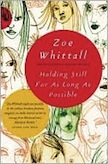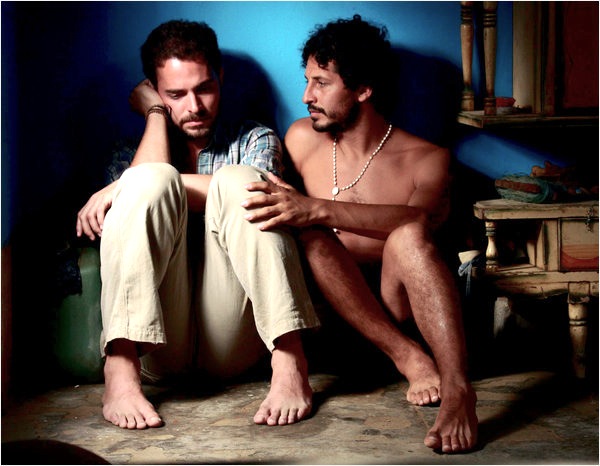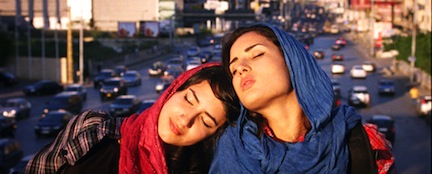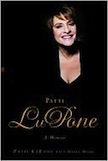
Gender Dystopia 
“YOU PROBABLY like to imagine your death the way it should be: You are old. By old, you mean ready to die. Resolved. You are in bed, with your mind intact and loved ones encircling you. Your regrets are few; your pain minimal. Your last words: golden.” So opens a novel that is both timeless and contemporary, set in Toronto. If you suspect that this beginning does not foreshadow a serenely predictable death, you’d be right. This is a novel in which there’s always the possibility of violence and sudden endings.
More






